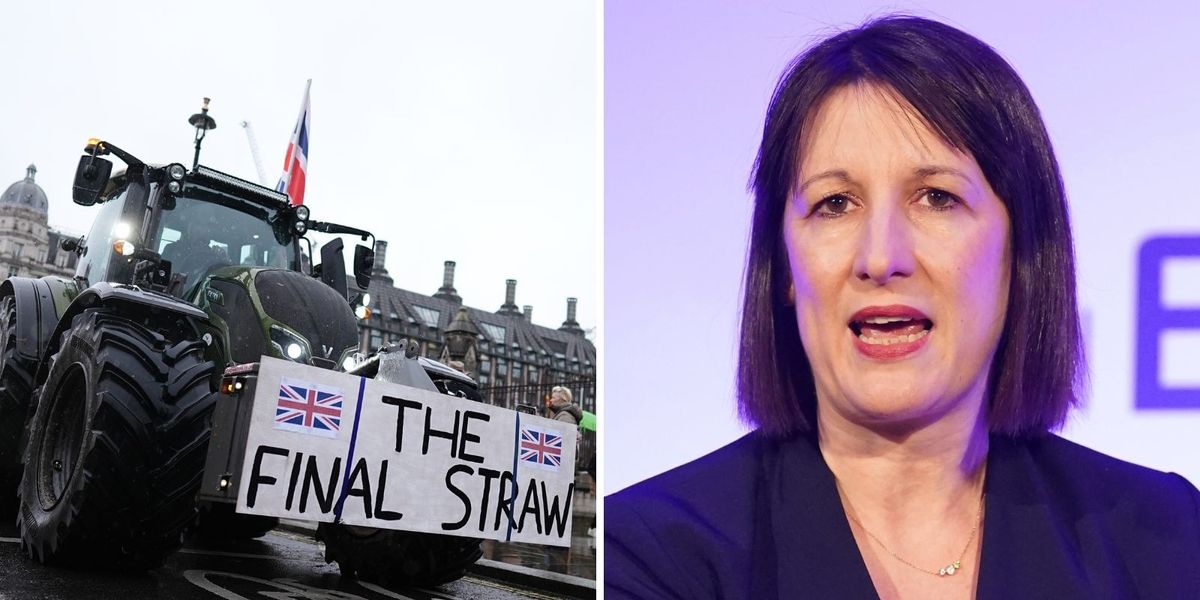The huge amount that Europe would need to spend to protect itself from Russia without support from the US has been revealed.
For decades, Europe has relied on the United States as the backbone of NATO, trusting that Washington would always be there to deter threats and, if necessary, defend the continent.
But as doubts grow over America’s long-term commitment, a hard-hitting new analysis has exposed the staggering costs and demands Europe would face if forced to stand alone against Russia.
The report, published by the Kiel Institute for the World Economy and Brussels-based Bruegel Research Institute, paints a stark picture – that the financial burden of its military transformation would be enormous.
The study estimates that the EU and its member states would need to increase defence spending by an extra €250 billion per year – raising total military expenditure from the current 2per cent of GDP to at least 3.5 to 4 per cent.
For Germany alone, this would mean ramping up its defense budget from €80 billion to €140 billion – an unprecedented sum in modern European history.
While these numbers may seem daunting, one of the study’s authors, Guntram Wolff argues they are still ‘far less than what was spent to handle the Covid pandemic.’
But without the support of the US, Europe would need a massive military build-up, requiring an expansion of its armed forces, vast new weapons stockpiles, and an enormous boost in defense spending.
Ukrainian soldiers at the artillery position in an unidentified area on the Adiivka frontline prepare to fire the D 30 gun as the war between Russia and Ukraine continues in Adiivka, Donetsk Oblast, Ukraine on March 13, 2024

Soldiers of the German Bundeswehr conduct military drills

French soldiers drive a French Leclerc tank after crossing the Vistula River during the DRAGON-24 NATO military defense drills on March 05, 2024
According to Wolff and the second author Alexandr Burilkov, Europe would have to raise an additional 300,000 troops – a daunting challenge given that countries like Germany are already struggling to meet existing recruitment targets.
The German Bundeswehr, for example, has been unable to fill more than 20,000 vacancies for years.
On top of that, Europe would need to create around 50 new brigades, requiring at least 1,400 main battle tanks and 2,000 infantry fighting vehicles – more than the combined stock of Germany, France, Italy, and Britain’s land forces today.
And it wouldn’t stop there. The continent would also need to produce around 2,000 long-range drones annually to match Russia’s growing capabilities.
Wolff also delivered a stark warning: despite its heavy losses in Ukraine, Russia has significantly strengthened its military in recent years and could be in a position to attack EU states within the next three to ten years.
A key challenge highlighted by the study is the fragmentation of Europe’s military forces.
Unlike the US, which operates a single, unified army, European defense is split across 28 different national armed forces, creating inefficiencies and logistical hurdles.
The report warns that ‘self-insurance’ would be far costlier than NATO’s current collective security model.
To close these gaps, the authors argue that Europe must embrace joint military procurement and increased cooperation, potentially even funding defense investments through shared EU debt.

British soldiers stand inside armoured vehicles as they cross the Vistula River during the DRAGON-24 NATO military defence drills

A Germany army Leopard 2A6 tank takes part in a NATO military exercise at a training range in Pabrade, Lithuania
Such a move, they suggest, could serve as an economic stimulus, strengthening Europe’s industrial base while preparing for future threats.
With the geopolitical landscape shifting and America’s commitment increasingly uncertain, the report makes one thing clear: Europe must urgently decide whether it is willing – and able – to defend itself alone.
The staggering figures come as concern that US President Donald Trump could withdraw from NATO has sparked fears over whether Europe’s armed forces could withstand an attack from Russia without American support.
Trump has not yet spoken on the possibility of a US withdrawal from the Western-led security bloc, but former US ambassador to the United Nations John Bolton told LBC last week that such a scenario is ‘highly probable’.
Currently, 23 of 32 NATO countries are meeting the agreed-upon target of spending at least 2 per cent of their GDP on defence.
But Trump has suggested this figure should be raised to 5 per cent while his Vice President JD Vance this week reiterated expectations for European NATO members to manage their own security without an American safety blanket.
Bolton said setting such high defence spending targets was an example of Trump ‘setting preconditions that will justify’ a withdrawal from NATO.

A US Army M1A2 SEP V2 tank takes part in a training exercise with international allies in Germany earlier this month

A Swedish artillery team fires a projectile from an Archer self-propelled Howitzer during the NATO ‘Exercise Lightning Strike’ on November 20, 2024 near Heinu, Finland
‘In a year when it doesn’t happen, Trump will be able to say, NATO is just as worthless as I always said it was. I’m getting out,’ Bolton said, before adding ‘You’ll miss us when we’re gone!’
The alliance’s 32 countries have a combined military budget of well over $1 trillion, over three million active personnel, around three million reserve personnel and more than 700,000 troops in paramilitary forces.
Besides manpower, NATO countries also have over 14,000 tanks in their arsenals and tens of thousands more combat vehicles, 21,000 military aircraft and almost 2,000 naval vessels.
NATO’s Secretary General is already pushing European members, including Britain, to up spending in line with US desires.
Responding to demands by Donald Trump for Europe to pay for its own security, Mark Rutte said members committing about 2% of GDP should go to ‘north of 3%’.
A hike in Armed Forces investment such as this would cost the UK Treasury an additional tens of billions of pounds over this parliament.
Britain is also expected to be asked to provide 10,000 to 15,000 troops for any post-conflict Ukrainian stabilisation force, which would cost an estimated £3billion to £4billion per year.
Britain currently spends 2.3 per cent on defence, with Labour facing calls for this to increase.











